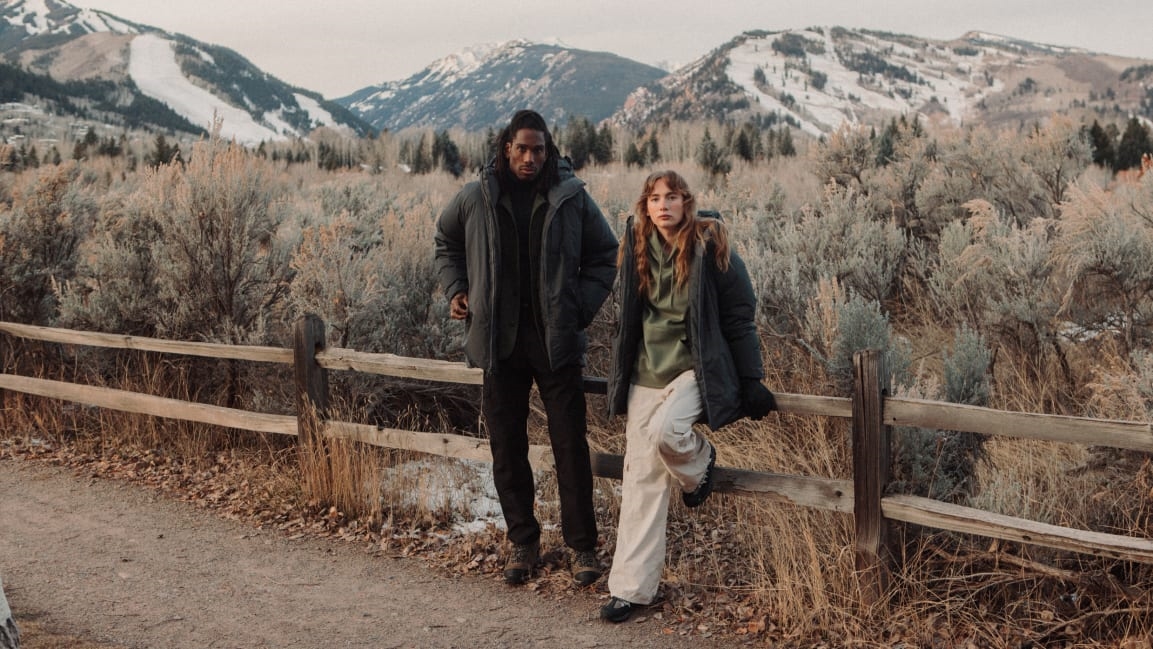This ingenious jacket dramatically increases your body temp with 30% less material
Americans spend a lot of time indoors. And as winter settles in across many parts of the U.S., we’re about to spend even more time cozied up inside and bumping up the thermostat. Heating accounts for 43% of energy consumption in U.S. homes. This means that if we knocked a few degrees off our thermostat during the winter, we could help reduce our environmental impact.
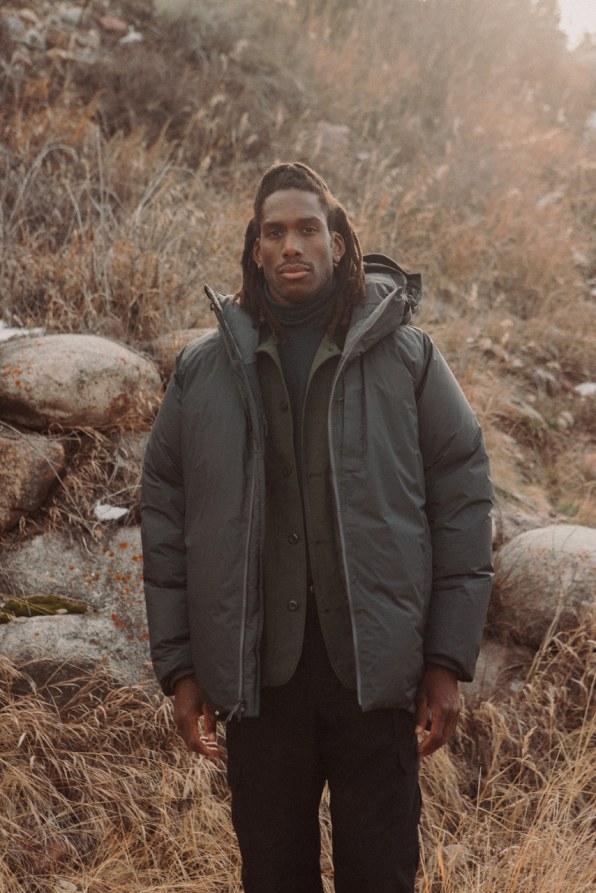
Enter LifeLabs, a new apparel company aiming to maximize comfort while reducing personal energy use. Helmed by a former North Face executive and a pair of Stanford professors, LifeLabs comes in two collections. CoolLife can lower your body temperature by almost 4 degrees Fahrenheit; WarmLife can increase it by 18 degrees with 30% less material than other thermals on the market. For now, the collections include T-shirts, jackets, and sleepwear, but soon enough, the technology will make its way into other areas of daily life, from warming curtains to cooling bedding.

CoolLife and WarmLife have opposite goals, but both technologies have to do with the way our bodies manage heat. For example, the skin-facing side of a WarmLife jacket is coated with a paper-clip-thin aluminum layer that reflects 100% of your radiant body heat back onto your skin (the fabric is the result of a 2016 study published in the journal Science). Meanwhile, a CoolLife T-shirt allows infrared radiation (i.e., your body heat) to escape through the fabric, thanks to the use of recycled polyethylene, a type of synthetic resin also used in plastic grocery bags or saran wrap. Unlike silk, which feels cool to the touch but ends up picking up your body heat, polyethylene continuously keeps your body temperature down.
Stanford professor Yi Cui coauthored the Science study and cofounded LifeLabs with Meng Shui, a chemist and CEO of sustainability technology accelerator EEnotech. He explains that lowering our thermostats by even 1 degree could result in a 10% reduction in our domestic energy use. “You don’t need to change your lifestyle, you just need to pick the right clothing,” he says.
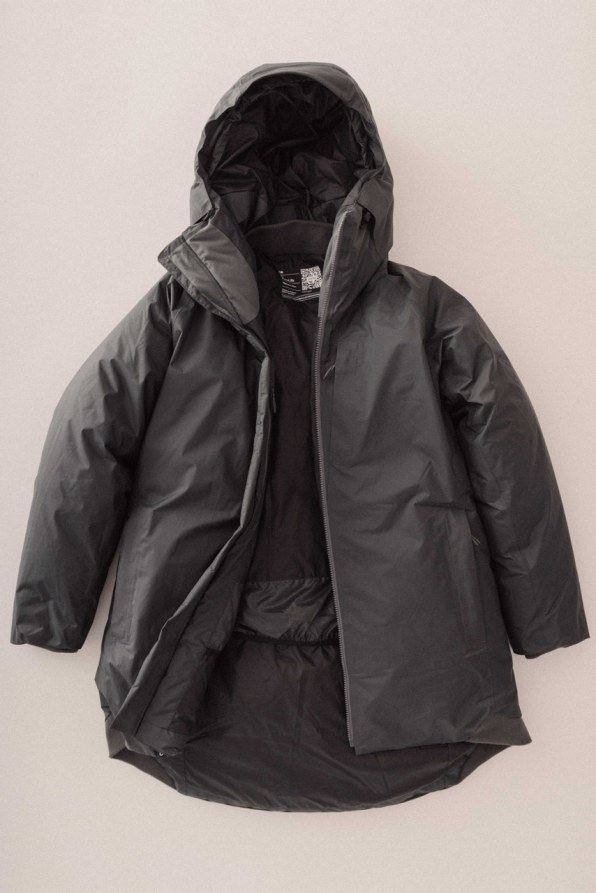
I just spent a week in rainy Toulouse, France, where temperatures never got above 35 degrees. The weather was too cold for me to last more than an hour in a CoolLife T-shirt, but I did try two different WarmLife garments, and they live up to their name. I packed my WarmLife jacket, which I’d describe as a raincoat that meets a parka: light, waterproof, and warm. I was as comfortable as my friends who were wearing bulkier winter coats. Still, given the nature of the garment, I wore it only outside.
As I wrote this, I was wearing a WarmLife vest and my body felt like it was wrapped in a thin veil of subtly radiant heat. The thermostat in my home was set at about 4 degrees lower than I normally had it and I felt totally comfortable. (We had to bring it back up because my husband was cold.)
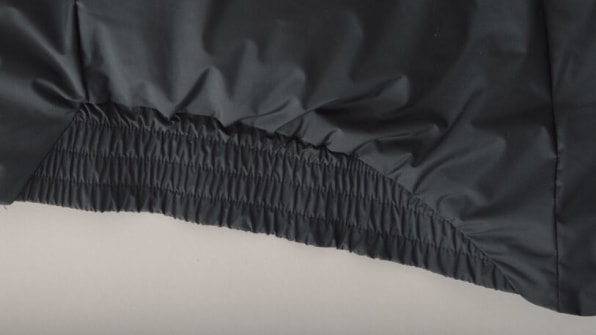
The WarmLife collection includes two kinds of waterproof jackets, a vest, pants, and gloves. For a company designed to help us reduce our energy consumption at home, it’s odd that a basic sweatshirt is missing from this collection (hence why I find myself wearing a hooded vest at my desk).
To make an actual dent in someone’s energy usage, I would’ve expected some loungewear, maybe sweatpants, a hoodie, or even socks, but the LifeLabs team claims that this is only a starting point.
When I Zoom with Scott Mellin, the company’s CEO, he’s wearing a WarmLife vest and a prototype WarmLife sweater. “As we work toward building a core, versatile apparel collection for everyday life, we knew outerwear was a wardrobe staple with incredible opportunity and room for improvement,” says Mellin, who previously served as the innovation leader at the North Face. “Not to mention, we launched during the winter and wanted to account for consumer behavior at this time.”
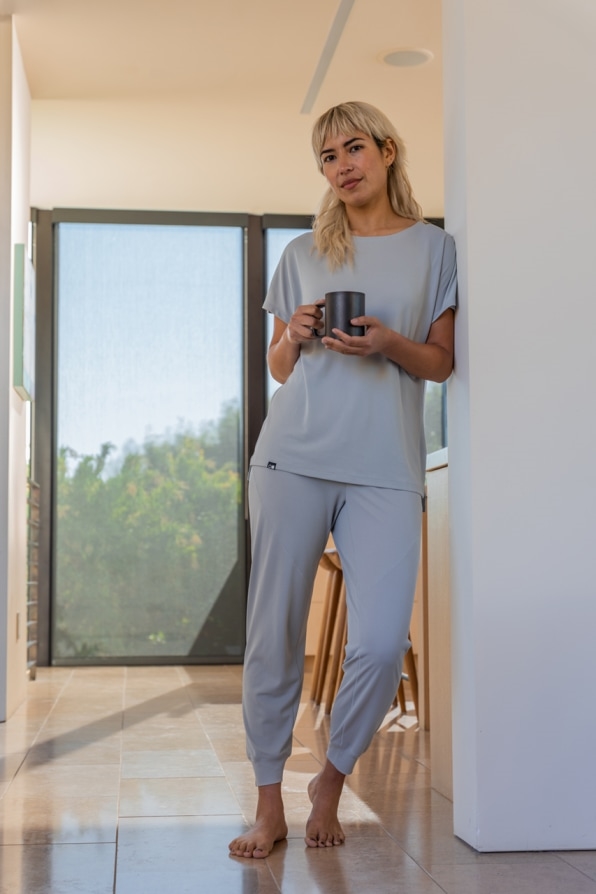
With only one WarmLife product that can truly be worn inside (the vest), the company’s ambitions to lower personal energy use get a little lost. By comparison, CoolLife includes a short-sleeved and a long-sleeved T-shirt, pants, shorts, a cooling baseball cap, and a set of pajamas. Together with the bedding set due in the spring, the collection seems a lot more promising. In 2020, air-conditioning accounted for about 12% of total U.S. electricity consumption. Still, we’ll have to wait until the summer to see how many degrees a CoolLife pajama set can help shave off the thermostat.
Ultimately, the company’s vision is to replace your entire wardrobe, and the overall aesthetic oozes minimalism. “It’s everything you need and nothing more,” Mellin says, adding that the company wants to create an accessible line with no bells and whistles. Right now, however, the price point isn’t there: A WarmLife jacket can run as much as $343, while a CoolLife tee goes for $73. The cheapest product is a $53 pair of gloves; the most expensive is a $693 jacket that’s rated as 38% warmer than the Canada Goose Snow Mantra (but is half the price).

Regardless, that’s a lot of dollars to shell out for a winter jacket. Still, Mellin believes that textiles are “the most democratic way” for people to reduce their carbon footprint. We can retrofit our homes to run on electricity; we can install solar panels on our roofs; or we can switch to an electric car, but all of that comes at a price.
Of course, the environmental impact of a solar-powered home can’t really compare to that of a thermally efficient vest, however warm, but Mellin believes even clothing can help us reduce our carbon footprint: “Textiles can be super beneficial to long-term sustainability.”
(41)


